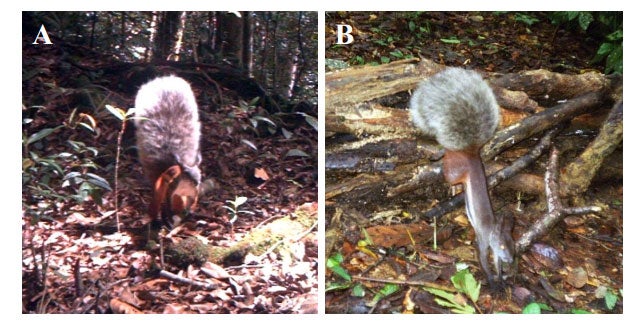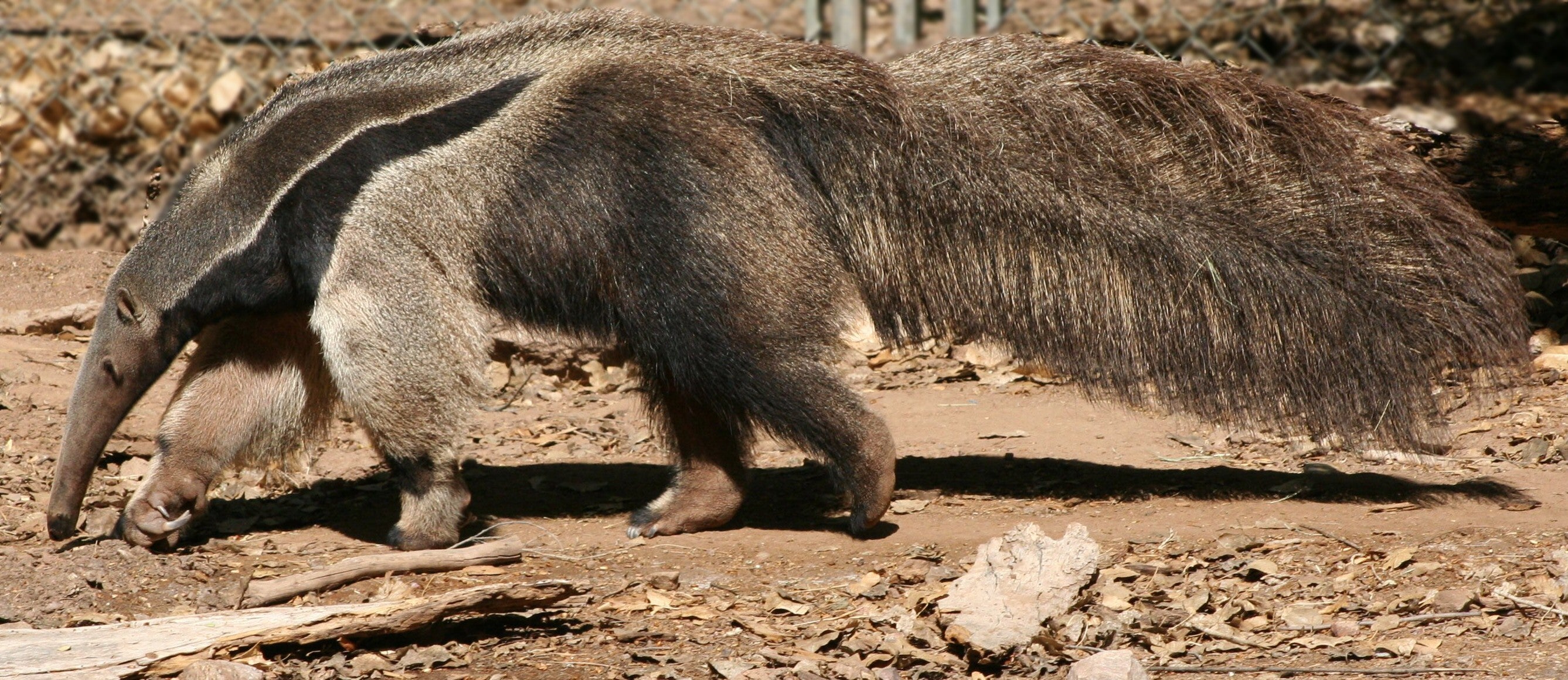The world's fluffiest tail belongs to the 'vampire squirrel' of Southeast Asia
The rare mammal has a tail 130 per cent the size of its body; proportionally bigger than rivals including the ring-tailed cat and the giant ant eater
.jpg)
Your support helps us to tell the story
From reproductive rights to climate change to Big Tech, The Independent is on the ground when the story is developing. Whether it's investigating the financials of Elon Musk's pro-Trump PAC or producing our latest documentary, 'The A Word', which shines a light on the American women fighting for reproductive rights, we know how important it is to parse out the facts from the messaging.
At such a critical moment in US history, we need reporters on the ground. Your donation allows us to keep sending journalists to speak to both sides of the story.
The Independent is trusted by Americans across the entire political spectrum. And unlike many other quality news outlets, we choose not to lock Americans out of our reporting and analysis with paywalls. We believe quality journalism should be available to everyone, paid for by those who can afford it.
Your support makes all the difference.Put your cats down and stop back-combing your chinchillas: the world’s fluffiest tail has been found.
The proud owner? A secretive species of Southeast Asian ground squirrel known as the ‘vampire squirrel’ for its (completely undocumented) reputation for killing larger animals by biting their jugular and letting them bleed to death.
These bloodthirsty legends may be fabricated (bunnies are the real killers in this department) but Rheithrosciurus macrotis is still fascinating in its own right, with a tail that is the bushiest of any mammal in comparison with its body size.
Erik Meijard and Rona Dennis are responsible for documenting the squirrel, with the husband and wife time capturing images of the rare mammal using motion-activated cameras placed in the hilly mountains of Borneo.

In a paper published in the journal Taprobanica entitled ‘Tall Tales of a Tropical Squirrel’ the pair calculate that the squirrel’s tail iss 30 per cent larger the volume of its entire body. "The species is really quite bizarre”, Meijard, a conservation scientist with People and Nature Consulting International, told Science Mag.
Even early naturalists noted the out-sized nature of the squirrel’s tail. Edward Banks, a British curator and amateur naturalist, described the species as “obscured by a large, bushy, fox-like tail” noting in his 1949 book Bornean Mammals that the appendage obscured the creature so much in flight that “it is hard to tell what it looks like”.
Meijard and Dennis suggest that this might be why the tail is so large in the first place, providing the squirrels with a natural decoy that “could either confuse a predator in pursuit, or, if the predator would pounce […] it would most likely strike the tail”.

Working with co-author Emily Mae, the scientists compared the squirrel with other species to see how its tail stood up to the competition. They found many mammals with large (and useful tails) but none that were as sizeable in relation to their owner’s body as that of Rheithrosciurus macrotis.
The Red Squirrel’s tail for example is 90 per cent its size, and is used to keep its balance and warm it up at night, while the Giant Ant Eater’s tail is also substantial at 80 per cent of its body size, acting as “disruptive camouflage” and used to absorb heat in sunlight.
Join our commenting forum
Join thought-provoking conversations, follow other Independent readers and see their replies
Comments